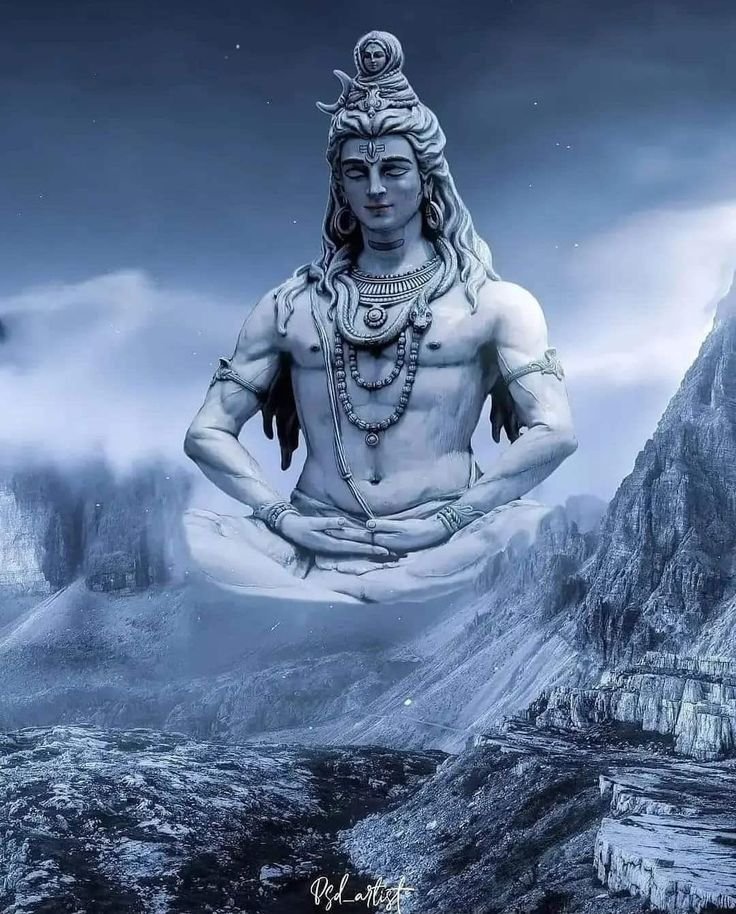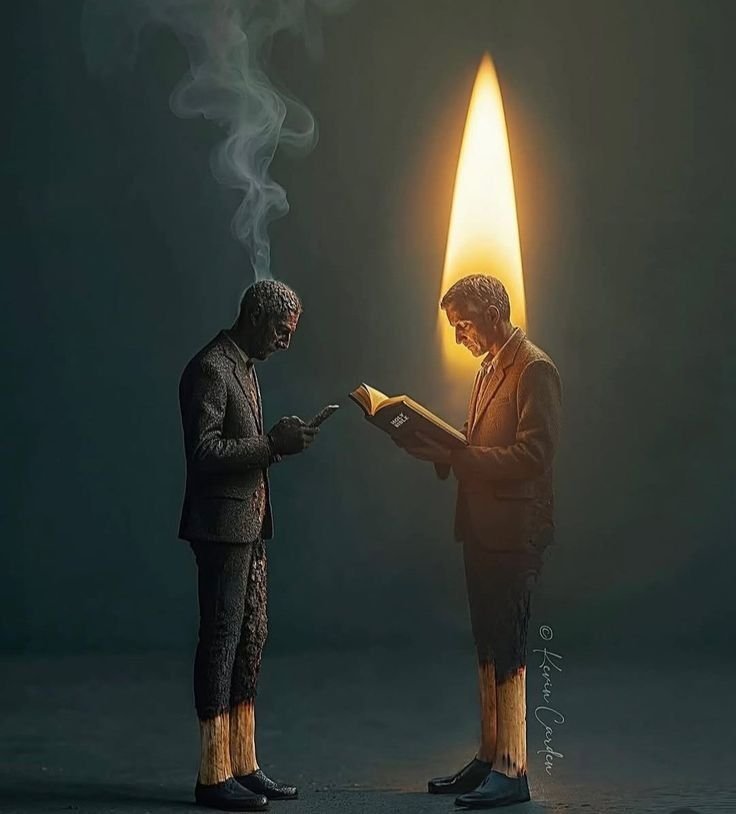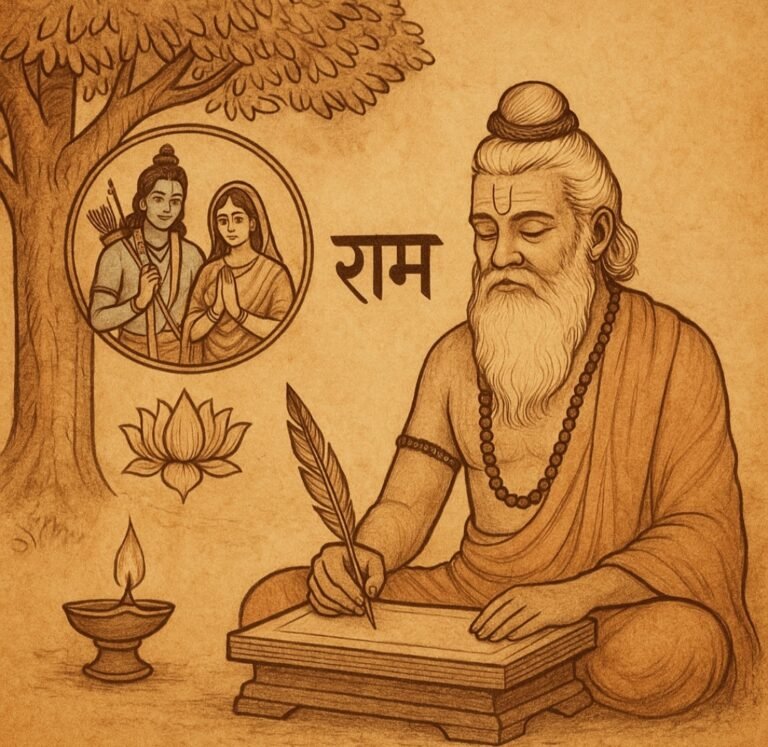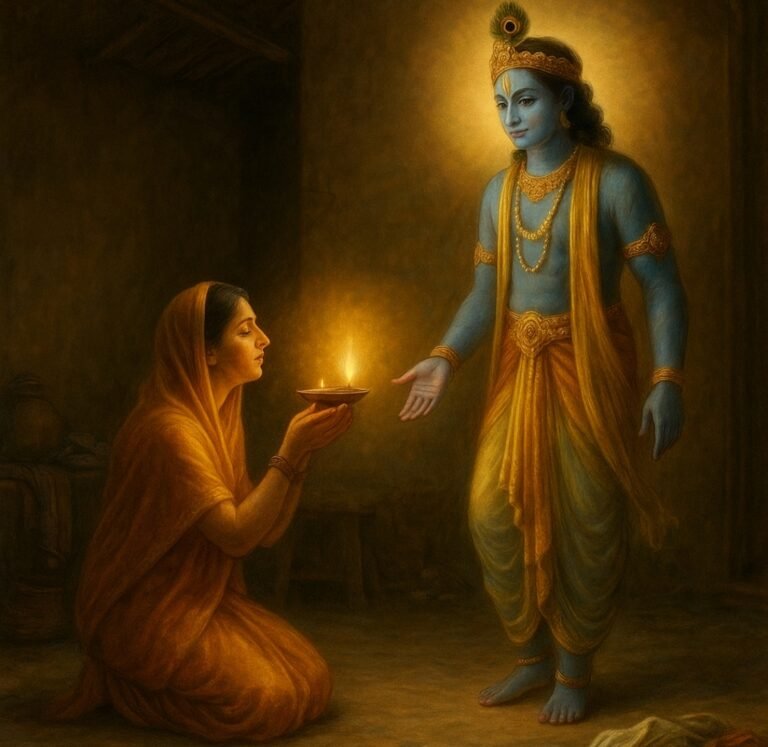
Continuing with the supernatural and unique form of Lord Shiva, one more is, wearing a snake around the neck is a truly extraordinary attribute of Shiva. In Hindu mythology, Vasuki is the king of snakes and the ruler of the Nagas, a race of divine serpents. Known for his wisdom and strength, and is revered by both gods and demons, Vasuki is often depicted as the snake wrapped around Shiva’s neck, symbolizing Shiva’s control over fear and death.
During the legendary Samudra Manthan, where gods and demons worked together to churn the milky ocean, Vasuki Nag played a crucial role. He agreed to be the rope tied to Mount Mandara, helping in the churning process from both sides. As they churned, a dangerous poison called Halahal emerged, threatening to annihilate the world. To protect creation, Shiva chose to consume the entire poison. Inspired by Shiva’s sacrifice, Vasuki, a devoted follower, also drank the poison. In appreciation of his devotion, Shiva adorned himself with Vasuki as a necklace. Without Shiva, Vasuki would be lifeless.
The snake represents the Ahamkara, ego. When we poke a snake, it recoils instantly and spreads its hood to attack us. Similarly, when someone says something that we don’t wish to hear, our ego spontaneously reacts. Shiva uses this Ahamkara as an ornament because it doesn’t find space within his body. By wearing snakes, Shiva conveys that he has mastered all desires and is in full control of Maya, illusion and its machinations. Vasuki’s surrender to Shiva represents the submission of the ego to the divine will. The transformation of poison into a jewel, mani in the snake’s head is a metaphor for spiritual transformation, where even venomous qualities can be turned into something precious through divine grace. Vishuddhi chakra, located in the throat, being particularly significant as it is connected to the snake’s nature.
Vishuddhi, meaning “filter,” is crucial for blocking out negative influences, including poisons from thoughts, emotions, and external energies. Shiva, known as Neelakantha for his ability to filter out poison, demonstrates the power of an active Vishuddhi in maintaining inner strength and immunity to external influences. Kal Sarp, depicted as the snake coiled around Shiva’s neck, symbolizes the perpetual cycle of birth, death, and rebirth. Shiva’s control over the snake illustrates his dominion over time and the endless cycle of life and death. In Shaivism and the Shiva Sutras, the snake represents Kundalini Shakti, the primal energy coiled at the base of the spine. As the first yogi, Shiva’s energy has ascended to his crown, opening his third eye. His mastery in managing these powerful and intense energies with calm and balance reflects his enlightenment and spiritual awakening. The serpent around Lord Shiva’s neck is more than a mythical image and enlightenment in our own lives that how to control negative forces within us.
“नागेन्द्रहाराय त्रिलोचनाय, भस्माङ्गरागाय महेश्वराय । नित्याय शुद्धाय दिगम्बराय तस्मै नकाराय नमः शिवाय ।।” Means:
“Salutations to Maheshvara (the Great Lord Shiva), who wears the serpent king as his garland, who has three eyes, and whose body is smeared with sacred ash. Salutations to that letter ‘Na’ of the Panchākṣara (ॐ नमः शिवाय), which denotes Lord Shiva – the Eternal One, the Pure One, the One clad in the directions, Digambara – sky-clad.”
🙏✨ Aum Namah Shivay ✨🙏



